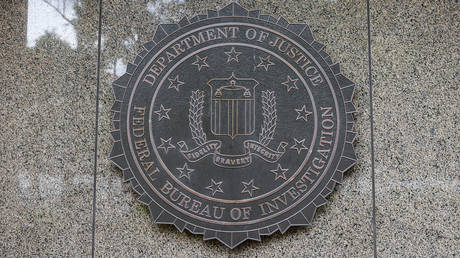YOLO spenders have taken on a massive amount of debt recently.
Getty Images
The US has a “super-duper” credit bubble on its hands as “YOLO spenders” take on massive debt, David Rosenberg said.
US household savings are quite low at 3.7%, while consumer spending bulged by $208 billion last quarter, financed with debt.
“As far as consumer credit is concerned, the default cycle isn’t merely looming. It’s arrived.”
Today’s consumers — or rather, “YOLO spenders” — have taken on a massive amount of debt, top economist David Rosenberg said. And it’s created a big bubble in a pocket of the US economy.
“There is no acknowledgment today that, yet again, we have a super-duper credit bubble on our hands,” he wrote in a note on Thursday. “It isn’t just about fiscal recklessness at the government level; the dilemma is that the consumer commands a dominant 70% share of the economy.”
US households today have a savings rate of just 3.7% — way below the historical levels of 9%. Meanwhile, consumer spending exploded by $208 billion in the fourth quarter of 2023.
A recent New York Fed report showed that households added a whopping $212 billion to their debt load over that same time period. That means over 100% of that increase in consumer spending was financed with debt, Rosenberg said.
And if consumers are driving 70% of the US economy, it could mean big trouble if they get crushed by the weight of that debt.
The thing is, US consumers don’t look like they are buckling. Consumer balance sheets seem to be in “great shape,” Rosenberg explained. But he also warned that the cracks are beginning to show.
Credit card delinquency rates are on the rise, with 30-day default rates rising to 8.5% compared to 5.9% a year ago. More “serious” 90-day defaults are also rising, and delinquency rates for auto loans and mortgage loans have increased as of late.
“One in every twelve holders of credit cards is missing their payments,” Rosenberg said, adding that the last time this happened was in 2011 when US unemployment was at 9%. Today, it’s near historic lows of 3.7%.
“As far as consumer credit is concerned, the default cycle isn’t merely looming,” Rosenberg said. “It’s arrived.”





+ There are no comments
Add yours